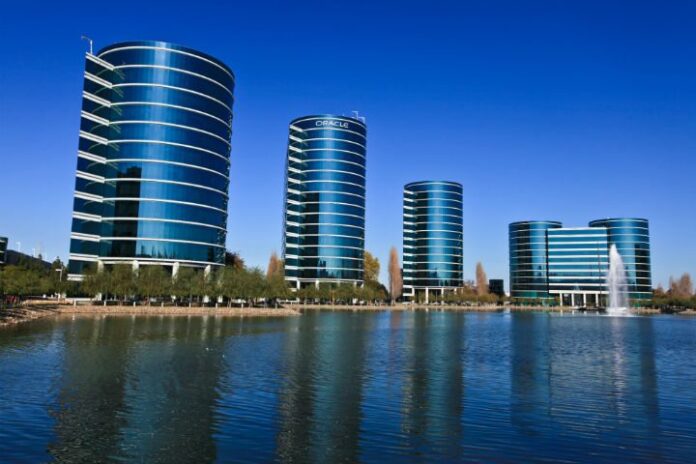NFV demo through partnership with Intel, OpenStack
Oracle Communications claims that through a partnership with Intel and parts of the OpenStack platform is has produced the first successful demonstration of carrier-grade network performance using network function virtualization.
Oracle said the project tapped Intel’s Open Network Platform and enhanced platform awareness in OpenStack to demonstrate that by “intelligently” directing network activity to the Intel processor, telecom service providers can gain more capabilities in software than what is possible through strict hardware solutions.
Oracle said it was able to optimize specific products from the Intel ONP using OpenStack open source infrastructure management software to direct the Intel platform to dynamically establish data center resource pools that mimic the characteristics of a network appliance, with the orchestration software then routing the work to the correct pool based on each function’s needs. The orchestration activity is claimed to work for any network equipment vendor’s interface, support telecom operators in their preference to support multi-vendor environments.
“We’ve proven that we can orchestrate services and network functions from the top of the management and orchestration stack all the way to individual network processors, and we can do it at scale,” explained Liam Maxwell, VP of products at Oracle.
Oracle recently updated its NFV service orchestration platform with the launch of its Network Service Orchestration Solution, targeting one of the greater challenges facing mobile network operators as they make plans toward virtualizing parts of their operations using NFV and software-defined networking technology. Oracle stated that the solution is part of its broader orchestration framework that is designed to analyze “network performance information, evaluates the network’s operation against predefined policies and business rules, and can trigger the appropriate action to automatically modify the behavior of services, network functions and virtualized infrastructure.”
Bored? Why not follow me on Twitter

